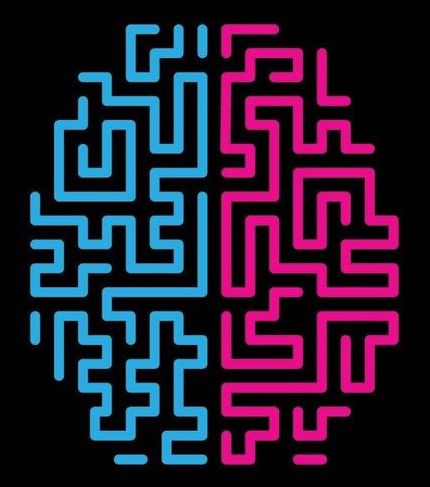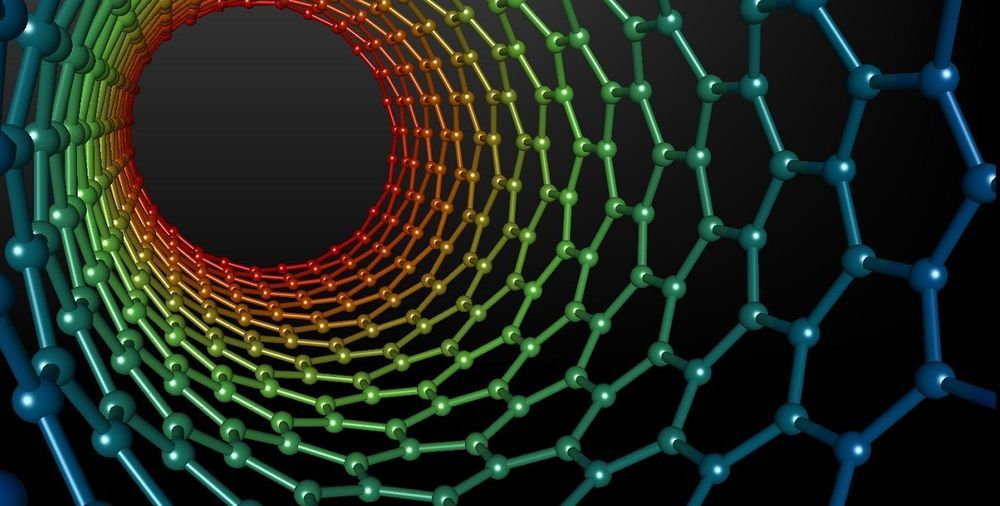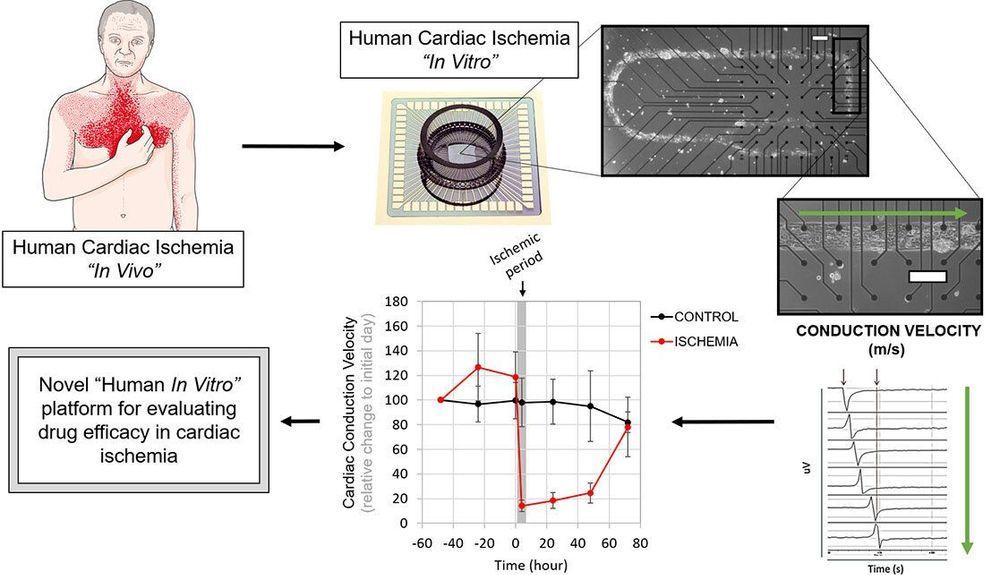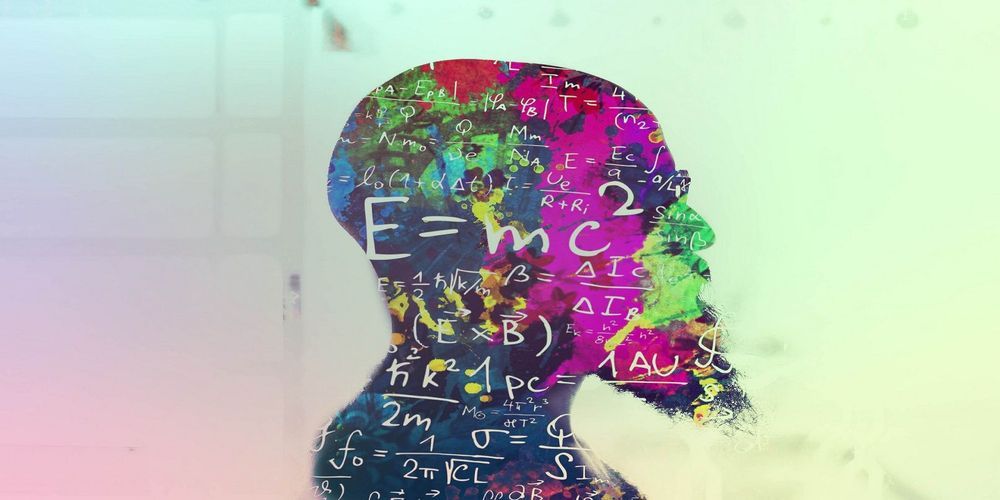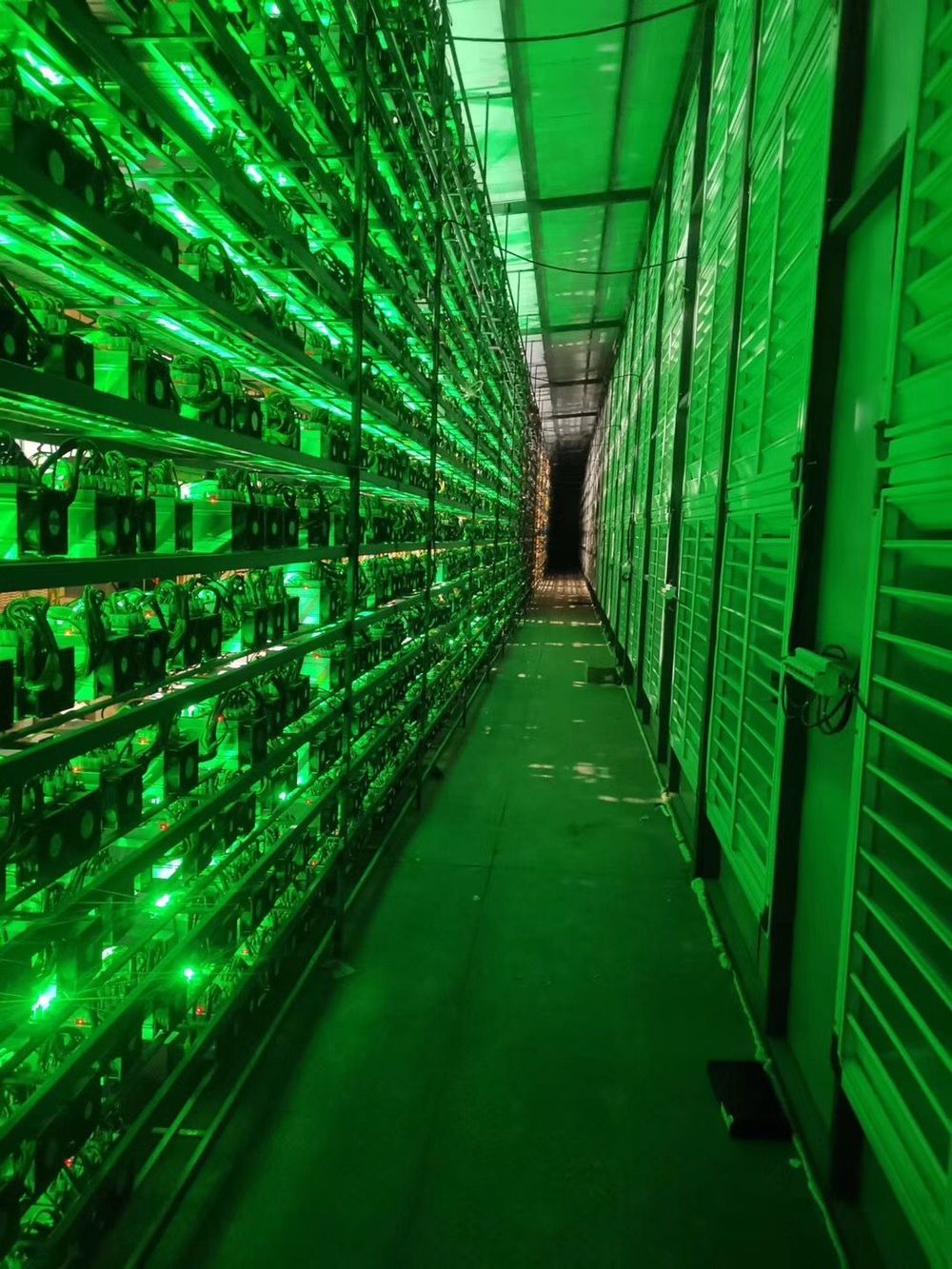Dead or alive, left-spinning or right-spinning — in the quantum world particles such as the famous analogy of Schrödinger’s cat can be all these things at the same time. An international team, together with experts from Forschungszentrum Jülich, have now succeeded in transforming 20 entangled quantum bits into such a state of superposition. The generation of such atomic Schrödinger cat states is regarded as an important step in the development of quantum computers.
Category: computing – Page 684
Several countries have been targeted by a long-term campaign operated by financially motivated threat actors who used a backdoor and a remote access Trojan (RAT) malicious combo to take control of infected computers.
The two malicious payloads dubbed BalkanDoor and BalkanRAT by the ESET researchers who spotted them have been previously detected in the wild by the Croatian CERT in 2017 and, even earlier, by a Serbian security outfit in 2016.
However, ESET was the first to make the connection between them, after observing several quite significant overlaps in the entities targeted by their operators, as well as Tactics, Techniques, and Procedures (TTP) similarities.
A long-standing controversy in neuroscience centers on a simple question: How do neurons in the brain share information? Sure, it’s well-known that neurons are wired together by synapses and that when one of them fires, it sends an electrical signal to other neurons connected to it. But that simple model leaves a lot of unanswered questions—for example, where exactly in neurons’ firing is information stored? Resolving these questions could help us understand the physical nature of a thought.
Two theories attempt to explain how neurons encode information: the rate code model and the temporal code model. In the rate code model, the rate at which neurons fire is the key feature. Count the number of spikes in a certain time interval, and that number gives you the information. In the temporal code model, the relative timing between firings matters more—information is stored in the specific pattern of intervals between spikes, vaguely like Morse code. But the temporal code model faces a difficult question: If a gap is “longer” or “shorter,” it has to be longer or shorter relative to something. For the temporal code model to work, the brain needs to have a kind of metronome, a steady beat to allow the gaps between firings to hold meaning.
Every computer has an internal clock to synchronize its activities across different chips. If the temporal code model is right, the brain should have something similar. Some neuroscientists posit that the clock is in the gamma rhythm, a semiregular oscillation of brain waves. But it doesn’t stay consistent. It can speed up or slow down depending on what a person experiences, such as a bright light. Such a fickle clock didn’t seem like the full story for how neurons synchronize their signals, leading to ardent disagreements in the field about whether the gamma rhythm meant anything at all.
A team of scientists from MIT and Rice University recently discovered a new method for creating qubits that could revolutionize both quantum computing and cancer research – and all it takes is some household bleach and a UV light.
Qubits are the basic units of information used in quantum computing. Typically, when scientists create them they go through a complex process involving lasers or shearing single photons off of light using complex, difficult-to-work-with reactants that produce unwanted side-effects. These time consuming methods often require trial-and-error and seldom produce perfect results.
Animal models provide benefits for biomedical research, but translating such findings to human physiology can be difficult. The human heart’s energy needs and functions are difficult to reproduce in other animals, such as mice and rats. One new system looks to circumvent these issues and provide a functional view of how different treatments can help ailing cells in the heart following oxygen and nutrient deprivations.
Researchers have unveiled a new silicon chip that holds human lab-grown heart muscle cells for assessing the effectiveness of new drugs. The system includes heart cells, called cardiomyocytes, patterned on the chip with electrodes that can both stimulate and measure electrical activity within the cells. The researchers discuss their work in this week’s APL Bioengineering.
These capabilities provide a way for determining how the restriction of blood supply, a dangerous state known as ischemia, changes a heart’s conduction velocity, beat frequency and important electrical intervals associated with heart function.
Two independent research teams recently published studies indicating they’ve successfully teleported a qutrit — possibly within days of each other. Now, both await the scientific process of peer review to see which will ultimately get credit for being the first humans to do so.
But what’s a qutrit? It’s a lot like a qubit, an entangled pair of particles used to carry information in a quantum computing system. Qubits are analogous to bits, the binary units of information used by classical computers like the one you’re reading this on. Where bits can be represented by the numbers zero and one, qubits can be zero, one, or both at the same time. Trits, used in classical ternary systems, add a two into the mix. And qutrits are the quantum version of trits, capable of carrying more information than their qubit counterparts.
The total computing power now dedicated to securing the bitcoin blockchain has set yet another record.
According to data from mining services operator BTC.com, the average bitcoin mining hash rate over the last two weeks has reached71.43 quintillion hashes per second (EH/s), up from 64.49EH/s on July 23. The threshold was breached as bitcoin adjusted its mining difficultyat block height 586,672 on Monday 2:52 UTC – that is a 6.94EH/s, or10.78 percent jump since mid July.
Bitcoin mining difficulty is a measure of how hard it is to compete for mining rewards on bitcoin. Just how difficult the bitcoin software makes it to generate new blocks adjusts every 2,016 blocks – approximately every 14 days – to ensure the block production time remains about 10 minutes at the next cycle.
Evgeny became wider known to the Russian public in March, after becoming one of the first to implant a chip – between his thumb and forefinger – even though such surgical procedures are forbidden in Russia.
He sleeps two hours a night, plays guitar with a custom prosthesis, and has illegally implanted a microchip. When Evgeny Nekrasov was disfigured by an accident at 14, he decided to leverage future technology to build a new life.
Evgeny, now 21, has no recollection of “messing around” after school with his friends in hometown Vladivostok and picking up the gas canister that exploded in his hands and into his face.
But the days after he woke up without sight in hospital are hard-coded in his memory.
It’s time to celebrate another first in the field of quantum physics: scientists have been able to ‘teleport’ a qutrit, or a piece of quantum information based on three states, opening up a whole host of new possibilities for quantum computing and communication.
Up until now, quantum teleportation has only been managed with qubits, albeit over impressively long distances. A new proof-of-concept study suggests future quantum networks will be able to carry much more data and with less interference than we thought.
If you’re new to the idea of qutrits, first let’s take a step back. Simply put, the small data units we know as bits in classical computing can be in one of two states: a 0 or a 1. But in quantum computing, we have the qubit, which can be both a 0 and 1 at the same time (known as superposition).


